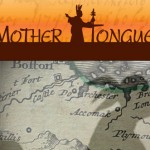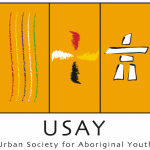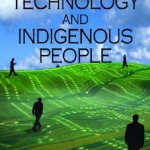Reel Injun: On the Trail of the Hollywood Indian (http://www.reelinjunthemovie.com)
Watch Reel Injun – Trailer on PBS.
Description:
“What does it mean to have your identity defined by the movies?” This question is posed during the Trailer of the movie. I identified with this question because of the topic in our course concerning whether or not you need to understand your own culture before you can identify with another. I suspect it is the same with your “identity”.
The movie is a documentary film by Cree filmmaker Neil Diamond. Diamond takes a journey through the Americas to see how “the myth of “the Injun” has influenced the world’s understanding — and misunderstanding — of Natives.” It has won several awards including the 2011 Peabody Award for excellence in electronic media. I have to admit I have not seen the movie. Only 3 or 4, 2-3 minute clips but I am exploring ways to see it. What I have seen is both interesting and humorous. I say humorous because one clip shows a montage of Hollywood actors that have portrayed Indians in films and they were all “white”. Maybe it is insensitive to laugh but I was laughing because of the “patheticness” of Hollywood’s attempts – not that I think it was funny. If anyone has access to this movie I would love to see it in its entirety.
~ Ryan




